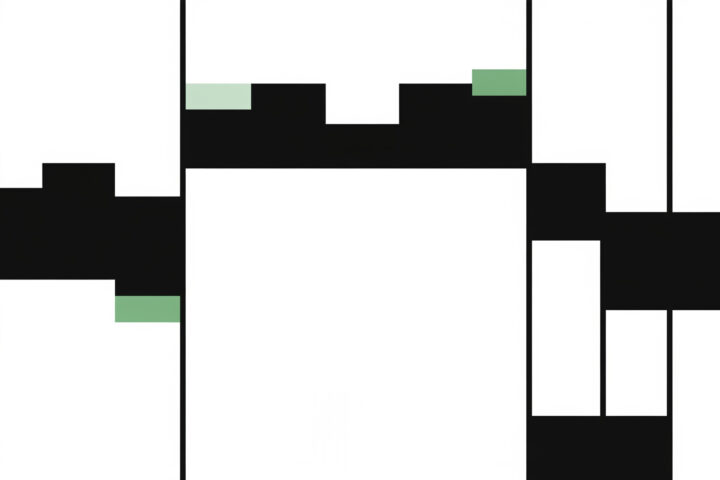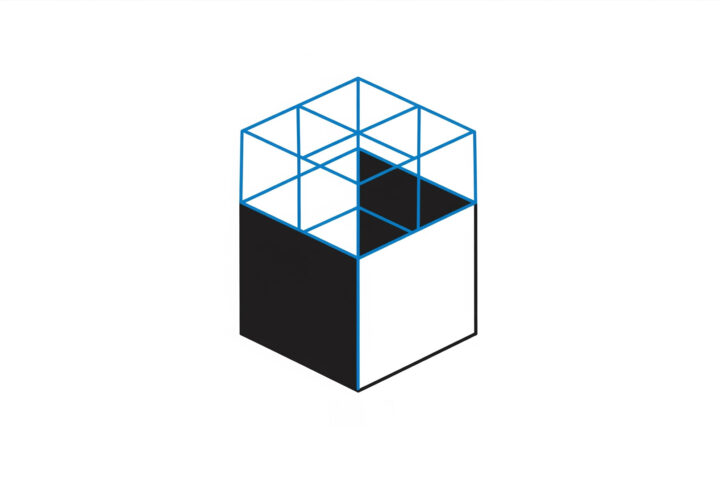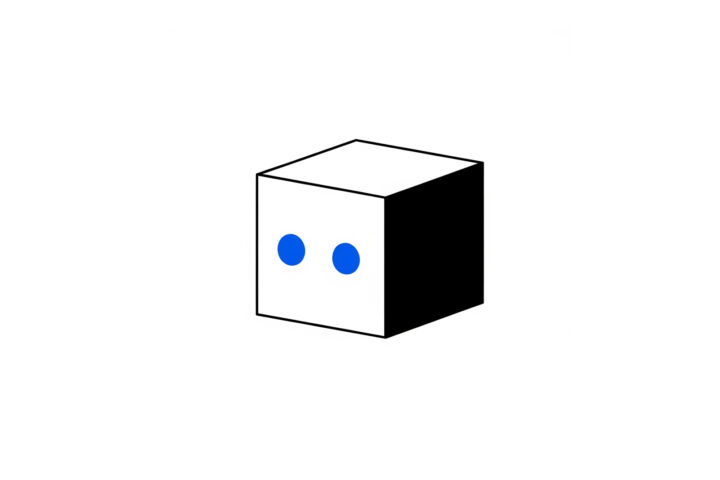Vibe Coding lessons
WHAT VIBE CODING TAUGHT ME — AND WHY IT MATTERS Vibe Coding is an emerging mode of software development in which you lean heavily on Large Language Models (LLMs) to generate code from prompts — treating prompt design as the core of development.Continue reading→
The Doherty Threshold
POSTEL'S LAW IN USER EXPERIENCE DESIGN User Experience design requires systematic approaches to accommodate human behavioral variability and technological diversity. Postel's Law, formulated by internet pioneer Jon Postel, provides essential guidance for creating robust, adaptable interfaces...Continue reading→
Postel’s Law
POSTEL'S LAW IN USER EXPERIENCE DESIGN User Experience design requires systematic approaches to accommodate human behavioral variability and technological diversity. Postel's Law, formulated by internet pioneer Jon Postel, provides essential guidance for creating robust, adaptable interfaces...Continue reading→
Hick’s Law
THE POWER OF CHOICE IN USER EXPERIENCE DESIGN Contemporary User Experience (UX) design requires understanding how users make decisions. Hick's Law, developed by British psychologist William Edmund Hick, demonstrates that more choices lead to longer decision times...Continue reading→
The “Hierarchy of Needs” concept
HIERARCHY OF NEEDS IN PRODUCT DESIGN Contemporary product and user experience design requires systematic understanding of user requirements across multiple engagement levels. Strategic design success depends upon comprehensive need fulfillment that extends beyond aesthetic considerations to...Continue reading→
HORROR VACUI
UNPACKING HORROR VACUI Design strategy encompasses fundamental decisions between minimalist and maximalist approaches, directly impacting brand perception and user engagement. Horror Vacui, defined as the aversion to empty spaces, represents a critical design principle that influences...Continue reading→
Figure-Ground Theory in Architecture
UNDERSTANDING THE FIGURE-GROUND THEORY IN ARCHITECTURE The relationship between buildings, structures, and their surrounding open spaces isn’t just about looks—it’s rooted in a fundamental concept called "figure-ground theory." This principle from design and architecture helps us understand how spaces are perceived and used...Continue reading→
The IKEA effect
THE IMPORTANCE OF THE IKEA EFFECT IN PRODUCT DESIGN In product design—whether physical or digital—the way users interact with products shapes their perception and value. One fascinating psychological principle that plays a key role here is the IKEA effect. This concept has significant implications for both tangible and digital products, making it essential for designers...Continue reading→
Anthropomorphism in Product Design
ANTHROPOMORPHISM IN PRODUCT DESIGN Anthropomorphism represents the strategic application of human characteristics to non-human entities within product design frameworks. This design methodology leverages fundamental psychological principles to enhance user engagement, facilitate intuitive interactions, and establish meaningful product relationships...Continue reading→








